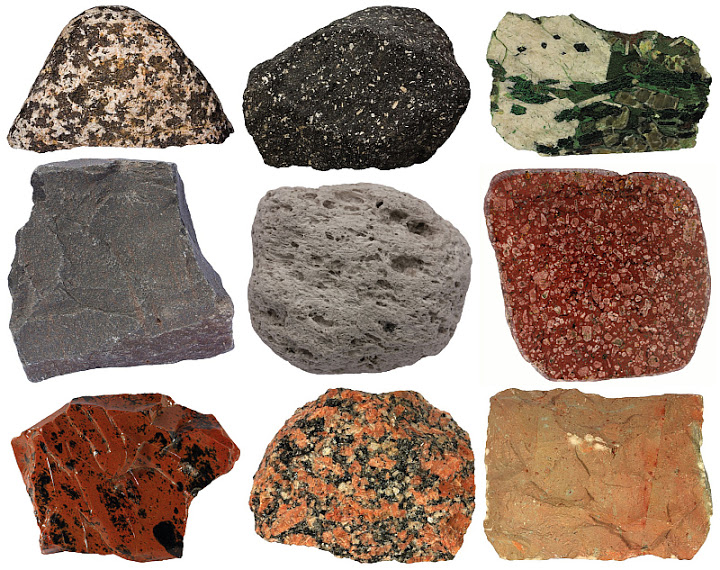In the vast realm of minerals, one color that captivates our imagination and evokes a sense of tranquility is green. From lush forests to vibrant gemstones, the color green has a unique allure. In this article, we delve into the world of minerals to uncover the secrets behind the mesmerizing green hue. Specifically, we explore the enigmatic emerald, a gemstone renowned for its captivating green color.
- The Formation of Emeralds:
Emeralds belong to the beryl family of minerals and owe their green color to the presence of chromium and vanadium. These gemstones are formed deep within the Earth's crust, where intense heat and pressure combine to create the perfect conditions for their growth. Over millions of years, the slow crystallization process results in the formation of emerald crystals. - The Significance of Color:
The vibrant green color of emeralds is a result of the presence of trace elements. Chromium, in particular, plays a crucial role in imparting the characteristic green hue. The intensity and tone of green can vary, ranging from a light, almost translucent green to a deep, rich green. The color is influenced by factors such as the amount of chromium present, the presence of other impurities, and the crystal's clarity. - Symbolism and Cultural Significance:
Throughout history, emeralds have held immense cultural and symbolic value. In ancient civilizations, such as the Egyptians and the Incas, emeralds were revered as symbols of fertility, rebirth, and protection. They were often associated with goddesses and believed to possess healing properties. Even today, emeralds continue to be highly sought after for their beauty and symbolic significance. - Geological Occurrence:
Emerald deposits are found in various parts of the world, with notable sources including Colombia, Zambia, Brazil, and Afghanistan. Each location produces emeralds with unique characteristics, such as color, clarity, and size. The geological conditions and the presence of specific minerals in these regions contribute to the formation of high-quality emeralds. - Uses and Applications:
Beyond their aesthetic appeal, emeralds have a wide range of applications. Due to their durability and resistance to scratches, they are often used in jewelry, particularly in rings, necklaces, and earrings. Additionally, emeralds are utilized in scientific research, as they can provide insights into the Earth's geological history and the conditions under which they were formed.
Conclusion:
The emerald, with its captivating green color, continues to fascinate and inspire. From its formation deep within the Earth to its cultural significance and diverse applications, this gemstone embodies the beauty and wonder of the natural world. Whether adorning a piece of jewelry or serving as a window into our planet's past, the emerald remains a timeless symbol of elegance and allure.
